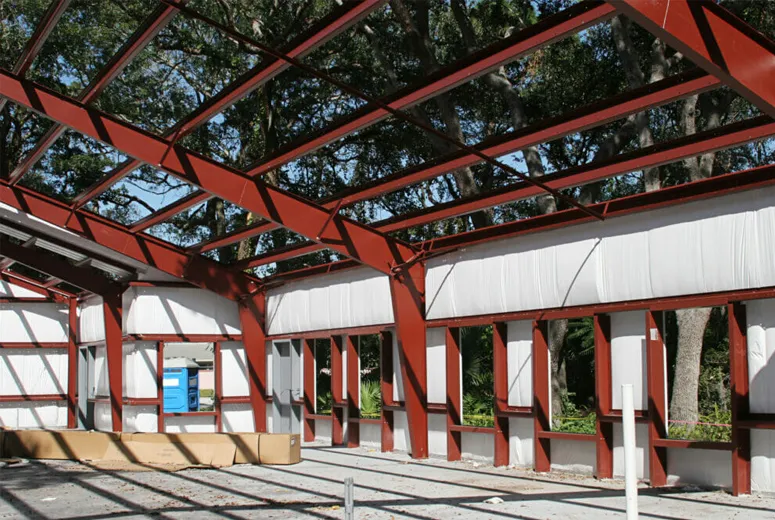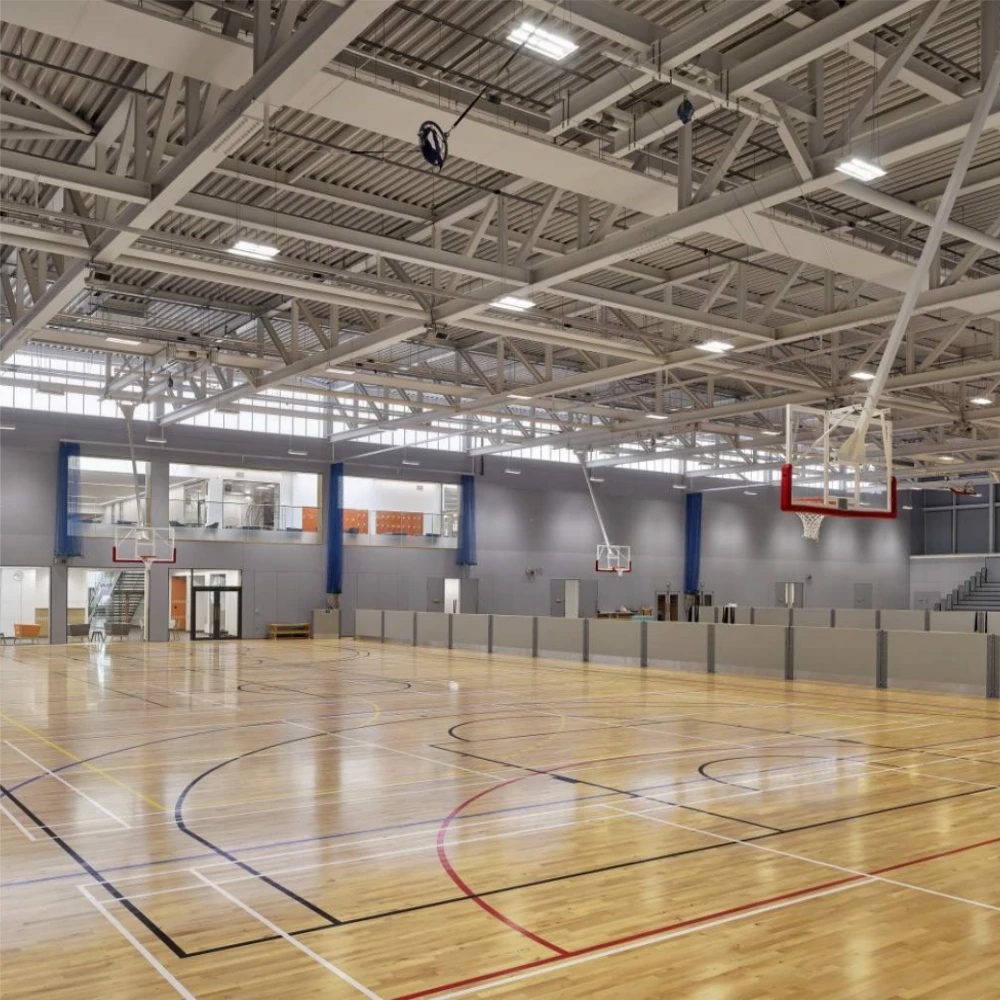- Afrikaans
- Albanian
- Amharic
- Arabic
- Armenian
- Azerbaijani
- Basque
- Belarusian
- Bengali
- Bosnian
- Bulgarian
- Catalan
- Cebuano
- Corsican
- Croatian
- Czech
- Danish
- Dutch
- English
- Esperanto
- Estonian
- Finnish
- French
- Frisian
- Galician
- Georgian
- German
- Greek
- Gujarati
- Haitian Creole
- hausa
- hawaiian
- Hebrew
- Hindi
- Miao
- Hungarian
- Icelandic
- igbo
- Indonesian
- irish
- Italian
- Japanese
- Javanese
- Kannada
- kazakh
- Khmer
- Rwandese
- Korean
- Kurdish
- Kyrgyz
- Lao
- Latin
- Latvian
- Lithuanian
- Luxembourgish
- Macedonian
- Malgashi
- Malay
- Malayalam
- Maltese
- Maori
- Marathi
- Mongolian
- Myanmar
- Nepali
- Norwegian
- Norwegian
- Occitan
- Pashto
- Persian
- Polish
- Portuguese
- Punjabi
- Romanian
- Russian
- Samoan
- Scottish Gaelic
- Serbian
- Sesotho
- Shona
- Sindhi
- Sinhala
- Slovak
- Slovenian
- Somali
- Spanish
- Sundanese
- Swahili
- Swedish
- Tagalog
- Tajik
- Tamil
- Tatar
- Telugu
- Thai
- Turkish
- Turkmen
- Ukrainian
- Urdu
- Uighur
- Uzbek
- Vietnamese
- Welsh
- Bantu
- Yiddish
- Yoruba
- Zulu
Nov . 21, 2024 07:33 Back to list
The Importance of Aircraft Hangars in Aviation
Aircraft hangars are essential structures within the aviation industry, serving as protective shelters for various types of aircraft, ranging from small private planes to large commercial airliners. Designed to accommodate the specific needs of aviation operations, these hangars play a crucial role in the maintenance, repair, and storage of aircraft, ensuring flight readiness and operational safety.
Design and Structure
The design of an aircraft hangar must take into account numerous factors, including the size of the aircraft it will house, the geographical location, and the intended use. Hangars can vary significantly in size, with some capable of holding a single small aircraft, while others, known as wide-body hangars, can accommodate multiple large aircraft simultaneously. The structural integrity is imperative; hangars are typically built using steel or reinforced concrete to withstand heavy loads and harsh weather conditions.
Moreover, various types of hangars exist, such as T-hangars, which are often used for general aviation, and larger commercial hangars built with high ceilings and large doors to facilitate the movement of big jets. The doors themselves can be impressive, often sliding or folding to allow for quick access during high traffic periods.
Functions of Aircraft Hangars
The primary function of aircraft hangars is to provide protection and maintenance for aircraft. When aircraft are stored in a hangar, they are shielded from environmental damage, such as hail, snow, and UV radiation, which can lead to costly repairs. Maintenance is another crucial element; many hangars are equipped with tools, equipment, and spacious work areas necessary for performing routine checks, repairs, and modifications.
Additionally, hangars serve as operational hubs for aviation services. Many hangars are equipped with offices and lounges where pilots and crew can brief and debrief in a comfortable setting, as well as conduct administrative tasks. The integration of maintenance and operational facilities within a single hangar can significantly enhance efficiency and streamline operations.
hanger for aircraft

The Economic Impact
Aircraft hangars also have substantial economic implications. They create jobs not only for maintenance and operational staff but also for ancillary services, such as fuel companies, catering, and logistics support. The presence of a well-maintained hangar facility can attract more airlines and aviation businesses to a region, stimulating local economies. Furthermore, efficient hangar operations can reduce aircraft downtime, allowing airlines to operate more economically and improve their overall service offerings.
Sustainability and Future Trends
As the aviation industry moves towards sustainability, the design and operation of aircraft hangars are also evolving. Modern hangars are now being designed with energy efficiency in mind, utilizing sustainable materials and incorporating solar panels and rainwater harvesting systems to reduce their environmental footprint. Furthermore, advancements in technology, such as automated hangar systems and real-time inventory management, are enhancing efficiency and safety, making aircraft maintenance smoother and more reliable.
In addition, the increased emphasis on electrification in aviation has prompted the development of hangars specifically suited for electric and hybrid aircraft. These facilities must address additional considerations, such as charging infrastructure and specialized maintenance protocols, ensuring they are equipped to support the next generation of aviation.
Conclusion
In summary, aircraft hangars are more than just protective structures; they are vital components of the aviation ecosystem. Their design, functionality, and economic impact cannot be overstated. As the industry moves toward more sustainable practices, the evolution of hangar facilities will play a significant role in shaping the future of aviation. By prioritizing safety, efficiency, and sustainability, hangars will continue to support the important work of keeping the skies safe and accessible for all.
-
How Do Prefabricated Steel Structures Transform Modern Construction?
NewsJul.14,2025
-
How Do Prefabricated Metal Buildings Redefine Modern Construction?
NewsJul.14,2025
-
How Do Prefab Insulated Metal Buildings and Steel Structures Revolutionize Modern Construction?
NewsJul.14,2025
-
How Do Pre - Engineered Steel Structures Redefine Modern Construction?
NewsJul.14,2025
-
Advancing Modular Construction with Prefabricated Metal Structures
NewsJul.14,2025
-
Advancing Industrial Infrastructure with Prefabricated Steel Solutions
NewsJul.14,2025
Products categories
Our Latest News
We have a professional design team and an excellent production and construction team.











